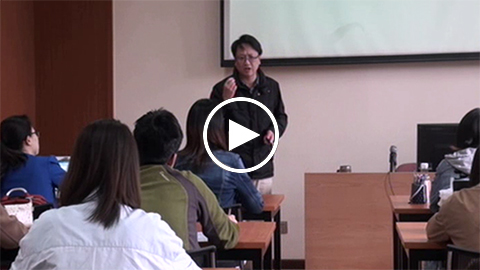Lecture 6
 Watch lecture 6
Watch lecture 6
Click here to access the Powerpoint presentation.
Eager to discuss about the context of this lecture? Register and login at globalcourse.inplanning.eu/login and comment on the discussion feed below. Your teachers will engage in the discussion as well.
abstract
The past 40 years have witnessed the profound spatial transformation of cities in China. Before 1978 mixed land use between employment and housing in the form of Danwei (i.e. work-unit) compounds was a main characteristic of the country’s urban landscape. Since the reform and opening, China’s urban spatial restructure has been moving towards the one with increasingly notable market diversities. The emerging business centers, enlarging housing segregation and enormous development zones in the cities are the spatial manifestation of the marketization and decentralization in China.
Based on empirical studies at three large cities, Chongqing, Shanghai and Beijing, this lecture intends to reveal the urban spatial restructuring processes in China, to analyze the underlying driving forces for such dramatic transformations, and to discuss the role of planning in the processes. It is contended that, in a transitional economy like that of China, spatial development in the urban area is an outcome of the interplay between an emerging market and an interventionist state. In real settings of such, planners have to acknowledge the interplay and deal with both the market and state forces delicately.








